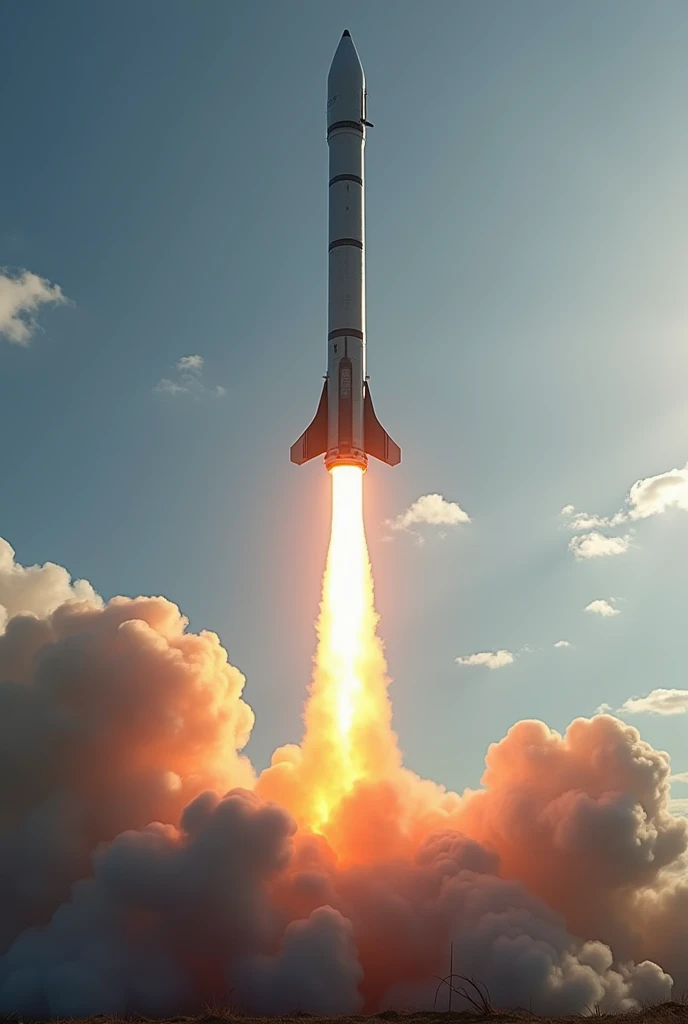Designing a cost-effective "fire and forget" missile capable of shooting down an

Generation Data
Records
Prompts
Copy
Designing a cost-effective "fire and forget" missile capable of shooting down an aircraft at a range of 25+ km involves several engineering disciplines
,
including propulsion
,
guidance systems
,
warhead design
,
and materials engineering
.
Here’s a high-level breakdown of how to approach it:
### Key Features and Components:
1
.
**Guidance System**:
- A "fire and forget" missile requires an autonomous guidance system
.
Infrared homing (IR) or active radar guidance are cost-effective options
.
IR seekers lock onto the heat signature of the target
,
while active radar guidance uses onboard radar to track and hit the target
.
These systems ensure that once the missile is launched
,
no further input is needed from the operator
.
- Active radar systems are more expensive but less prone to interference
,
while IR systems are generally more cost-effective
.
2
.
**Propulsion**:
- A solid-fuel rocket motor is the most common choice for short to medium-range missiles due to its simplicity and reliability
.
- For ranges over 25 km
,
a two-stage propulsion system could be used
.
The first stage accelerates the missile
,
and the second stage sustains its velocity over longer distances
.
3
.
**Range**:
- To achieve the desired range
,
the missile will need efficient aerodynamics and propulsion
.
- Boosted by a solid-fuel rocket and guided by onboard systems
,
the missile can be kept lightweight while optimizing its range
.
4
.
**Warhead**:
- A high-explosive fragmentation warhead or proximity-fused warhead is typically used for air targets
.
Proximity fuses detect the target's proximity and detonate at the optimal time for maximum effect
.
- A warhead in the 10-15 kg range should be sufficient for most aircraft
.
5
.
**Cost Optimization**:
- **Materials**: Use lightweight but cost-effective materials such as aluminum alloys or composites for the missile's body
.
- **Seeker Technology**: An IR seeker is typically more cost-effective than an active radar seeker
,
though the ra
INFO
Checkpoint & LoRA

Checkpoint
SeaArt Infinity
#Sci-Fi
#SeaArt Infinity
0 comment
0
0
0









